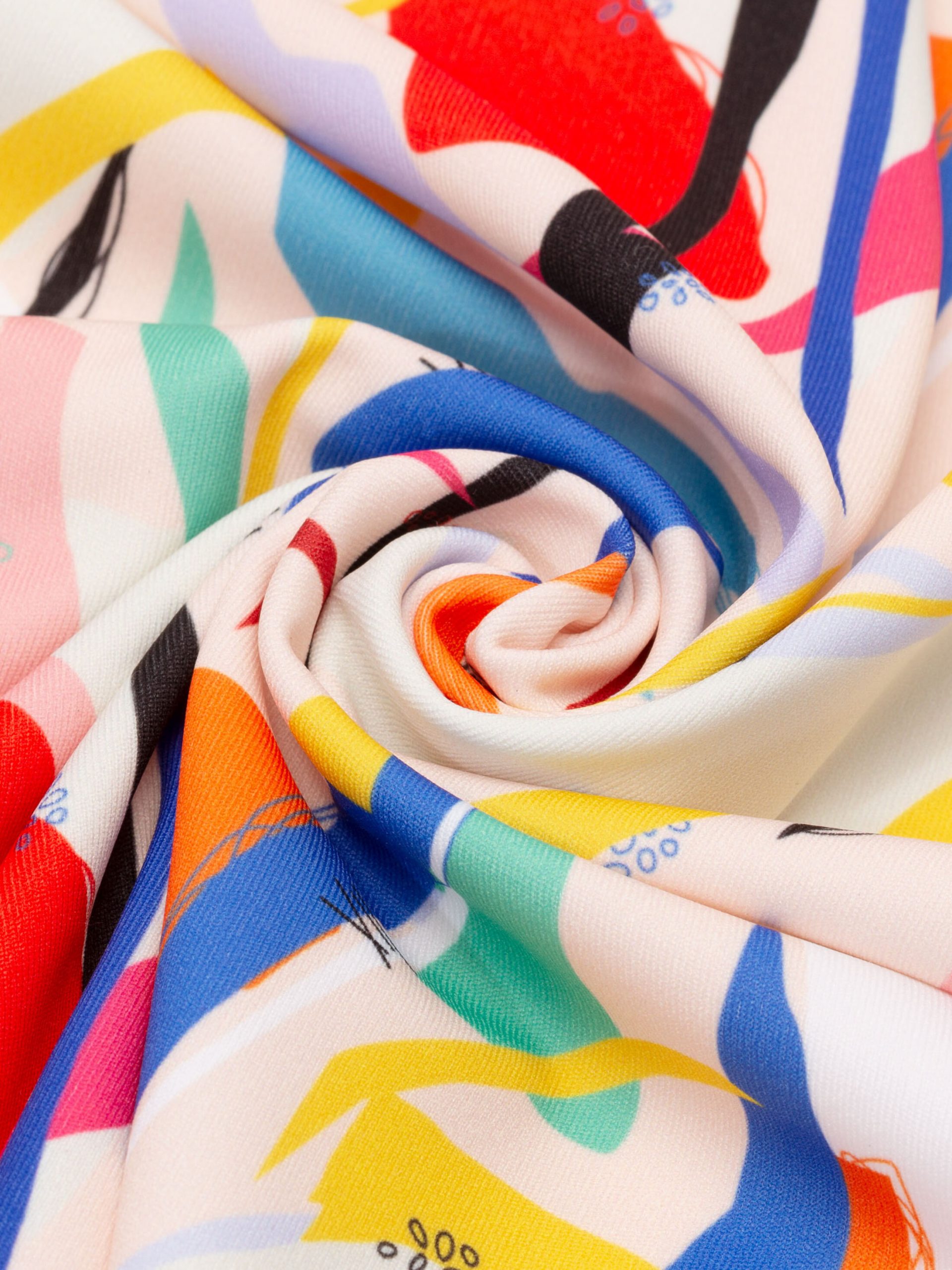Selecting the right type of fabric is crucial when it comes to creating high-quality garments, upholstery, or any textile-based products. With a myriad of fabric options available in the market, it can be overwhelming to determine which fabric is the best suited for your specific needs. In this comprehensive guide, we will delve into the key factors to consider when choosing the best type of fabric for your project.
- Understanding Fabric Fiber Types:
Fabrics are primarily categorized based on the type of fibers they are made from. Natural fibers such as cotton, wool, silk, and linen are known for their breathability, comfort, and luxurious feel. On the other hand, synthetic fibers like polyester, nylon, and acrylic offer durability, wrinkle resistance, and easy care. Blended fabrics combine both natural and synthetic fibers to leverage the benefits of each material. - Consider the Fabric Weight and Texture:
The weight and texture of the fabric play a significant role in determining its suitability for different purposes. Lighter weight fabrics like chiffon and organza are ideal for creating delicate garments, while heavier fabrics such as denim and canvas are perfect for durable upholstery or bags. Texture also adds depth and visual interest to the fabric, ranging from smooth and sleek to textured and nubby. - Evaluate Fabric Performance Characteristics:
When choosing the best fabric for your project, consider the performance characteristics that are important to you. Factors such as breathability, moisture-wicking, stretch, abrasion resistance, and colorfastness can impact the functionality and longevity of the fabric. For activewear, moisture-wicking fabrics like polyester blends are ideal, while upholstery fabrics require high abrasion resistance. - Sustainability and Eco-Friendly Options:
In recent years, there has been a growing demand for sustainable and eco-friendly fabrics. Organic cotton, bamboo, hemp, and Tencel are popular choices for environmentally conscious consumers due to their minimal environmental impact and biodegradability. Recycled polyester and upcycled fabrics are also gaining popularity as sustainable alternatives. - Specialized Fabrics for Specific Applications:
Certain projects may require specialized fabrics tailored to specific needs. For example, flame-retardant fabrics are essential for upholstery in public spaces, while water-resistant fabrics are ideal for outdoor apparel. High-performance fabrics like Gore-Tex are designed for extreme weather conditions, making them suitable for outdoor gear.
Conclusion:
Choosing the best type of fabric involves a careful consideration of factors such as fiber type, weight, texture, performance characteristics, sustainability, and specialized applications. By understanding these key aspects, you can make informed decisions when selecting fabrics for your projects, ensuring optimal results in terms of quality, functionality, and aesthetics.

